
20,99 €
Versandfertig in 6-10 Tagen
Broschiertes Buch
17. Juli 2014
LAP Lambert Academic Publishing
Ähnliche Artikel
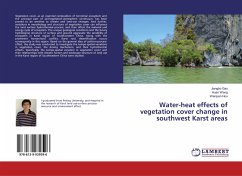
Broschiertes Buch
31. Oktober 2018
LAP Lambert Academic Publishing
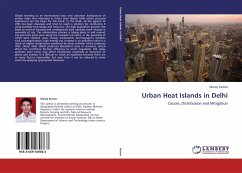
Broschiertes Buch
Causes, Distribution and Mitigation
Aufl.
27. Juni 2012
LAP Lambert Academic Publishing
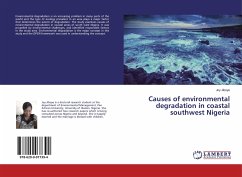
27,99 €
Versandfertig in 6-10 Tagen
Broschiertes Buch
9. Mai 2019
LAP Lambert Academic Publishing
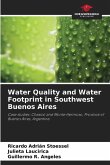
Broschiertes Buch
Case studies: Chasicó and Monte Hermoso, Province of Buenos Aires, Argentina
14. September 2023
Our Knowledge Publishing
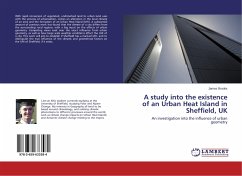
27,99 €
Versandfertig in 6-10 Tagen
Broschiertes Buch
An investigation into the influence of urban geometry
7. November 2014
LAP Lambert Academic Publishing
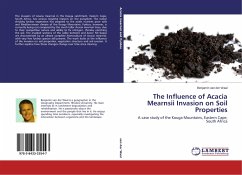
Broschiertes Buch
A case study of the Kouga Mountains, Eastern Cape, South Africa
4. Oktober 2011
LAP Lambert Academic Publishing
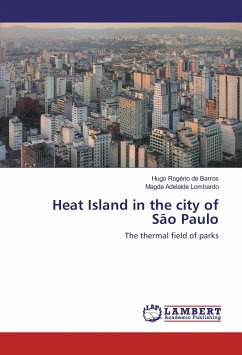
17,99 €
Versandfertig in 6-10 Tagen
Broschiertes Buch
The thermal field of parks
21. Dezember 2016
LAP Lambert Academic Publishing
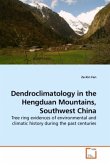
Broschiertes Buch
Tree ring evidences of environmental and climatic history during the past centuries
2009
VDM Verlag Dr. Müller
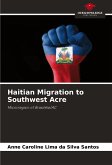
27,99 €
Versandfertig in 6-10 Tagen
Broschiertes Buch
Microregion of Brasiléia/AC
28. Oktober 2024
Our Knowledge Publishing
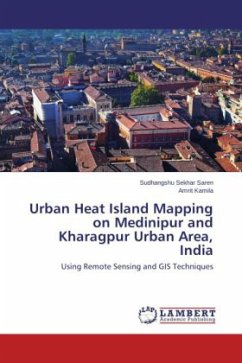
25,99 €
Versandfertig in 6-10 Tagen
Broschiertes Buch
Using Remote Sensing and GIS Techniques
2014
LAP Lambert Academic Publishing
Ähnlichkeitssuche: Fact®Finder von OMIKRON

